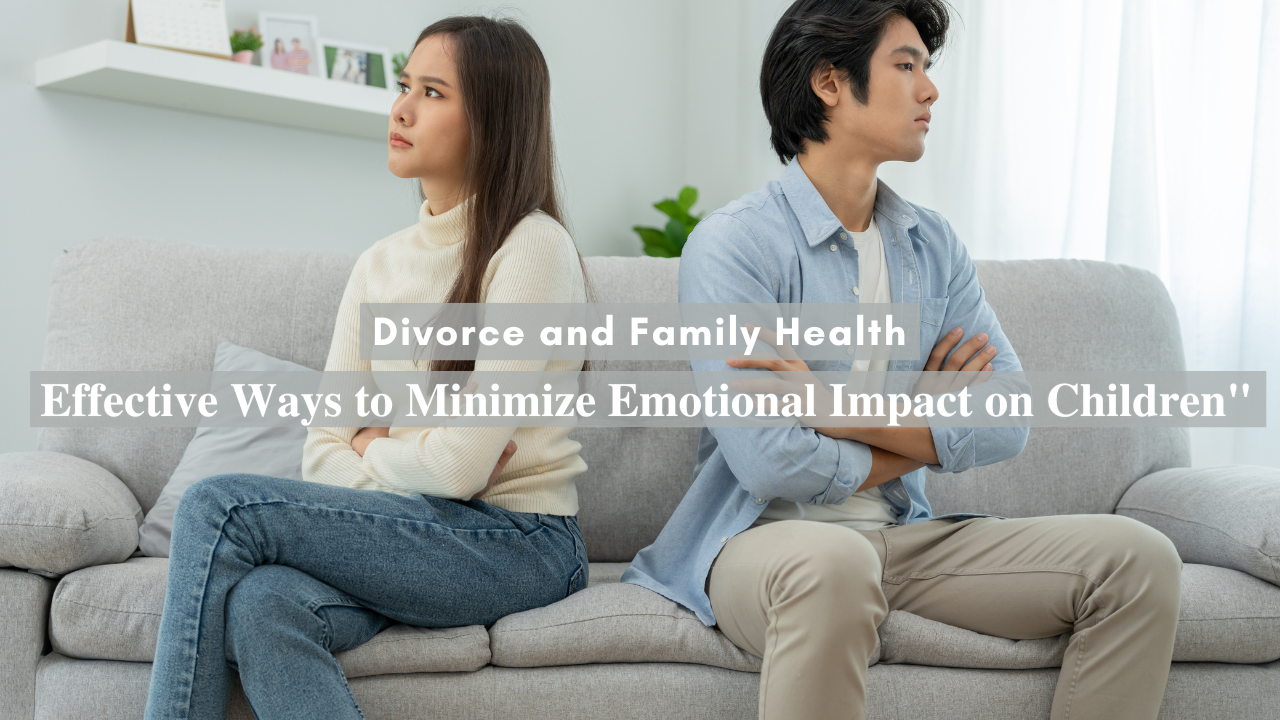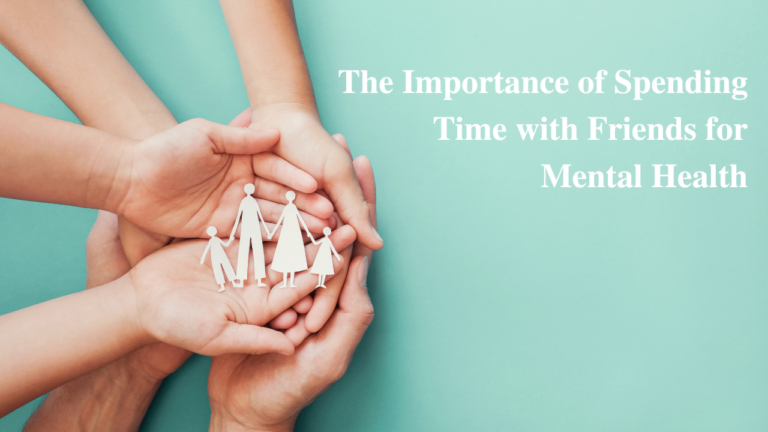
Introduction:
Divorce can be a deeply emotional and challenging experience for all family members involved. However, it is often children who are most affected by the emotional upheaval, leading to long-term consequences on their mental and physical health. As parents navigate this difficult transition, understanding how to minimize the emotional impact on children is crucial for fostering their well-being and emotional stability.
In this blog post, we will explore the emotional effects of divorce on children and offer practical strategies for minimizing the impact, ensuring that both the parents and children can heal and thrive in a healthy family environment.
Understanding the Emotional Impact of Divorce on Children:
The emotional impact of divorce on children varies based on their age, personality, and the level of conflict between parents. Some common emotional responses to divorce include:
- Anxiety and Fear: Children may feel uncertain about their future, experiencing anxiety over changes in their living arrangements, relationships with parents, or school environment.
- Sadness and Grief: The loss of a family structure can lead to feelings of grief and sadness, especially when children have to adjust to living between two households.
- Anger and Guilt: Children may blame themselves for the divorce or feel anger toward one or both parents, leading to behavioral changes or emotional outbursts.
- Confusion and Isolation: Particularly for younger children, the reasons behind the divorce may be difficult to comprehend, leading to confusion and a sense of isolation.
By acknowledging these emotional responses, parents can better prepare themselves to support their children through this challenging time.
Effective Ways to Minimize Emotional Impact on Children:
While divorce is a life-altering event, there are several effective ways parents can minimize its emotional impact on their children. Here are some strategies:
1. Open and Honest Communication:
Honesty is essential in helping children process the divorce. However, parents should communicate in an age-appropriate manner, reassuring their children that the divorce is not their fault. Let them know that both parents will continue to love and support them, despite the changes. Clear communication also includes explaining the new family dynamics, such as living arrangements or visitation schedules.
2. Maintain Consistency and Stability:
Children thrive on routine and stability, so maintaining consistent schedules is crucial. Try to keep the child’s daily life as similar to their pre-divorce routine as possible. This includes school schedules, extracurricular activities, and quality time with each parent. Stability helps children feel secure and reduces anxiety.
3. Encourage Emotional Expression:
Encourage children to express their emotions openly and validate their feelings. Create an environment where they feel safe to share their thoughts, whether through conversation, drawing, or journaling. This helps children process their emotions in healthy ways and prevents them from bottling up their feelings, which could lead to emotional problems later on.
4. Co-Parent Effectively:
One of the most important ways to protect a child’s emotional health during a divorce is to maintain a civil and cooperative relationship with the other parent. Avoid speaking negatively about your ex-spouse in front of the children, as it can create internal conflict for them. Co-parenting with mutual respect provides a sense of security for children and reinforces the idea that both parents are still involved in their lives.
5. Seek Professional Support:
Professional help can be invaluable when dealing with the emotional challenges of divorce. Child therapists or counselors can help children process their feelings in a safe environment. Family therapy can also be a helpful tool for improving communication and addressing any behavioral changes stemming from the divorce.
6. Be Patient and Understanding:
Emotional healing takes time. Understand that children may have moments of regression or may act out as they adjust to the changes. Be patient and offer reassurance during difficult moments. Children may also need some time to adapt to the new family dynamic, so providing them with love and understanding is key to minimizing emotional distress.
7. Focus on the Child’s Well-being:
Make the child’s well-being a priority in all decisions. This includes making decisions about schooling, living arrangements, and visitation that minimize disruption and provide the child with the support they need. The goal is to foster a healthy environment where children feel safe, loved, and supported by both parents.
Conclusion:
Divorce can be a difficult and emotional experience for children, but with the right approach, parents can minimize the emotional impact and ensure their children’s mental and emotional health is protected. By maintaining open communication, providing stability, encouraging emotional expression, and seeking professional help when needed, parents can help their children navigate the challenges of divorce with resilience.
Remember, the most important factor in minimizing the emotional impact of divorce on children is maintaining a supportive and loving environment. As parents, your ability to co-parent effectively and prioritize your child’s well-being during this challenging time can make all the difference in their emotional recovery and future happiness.

















